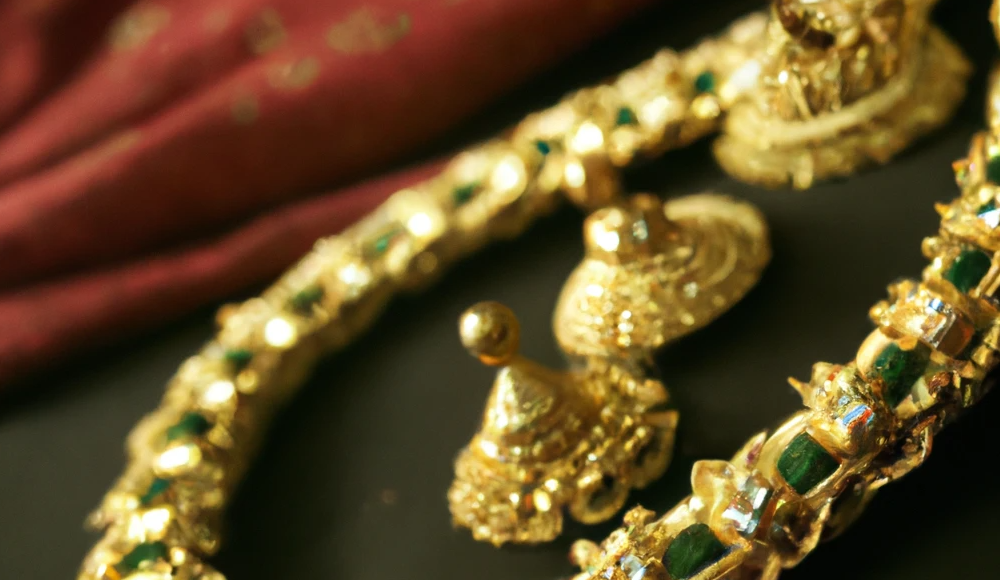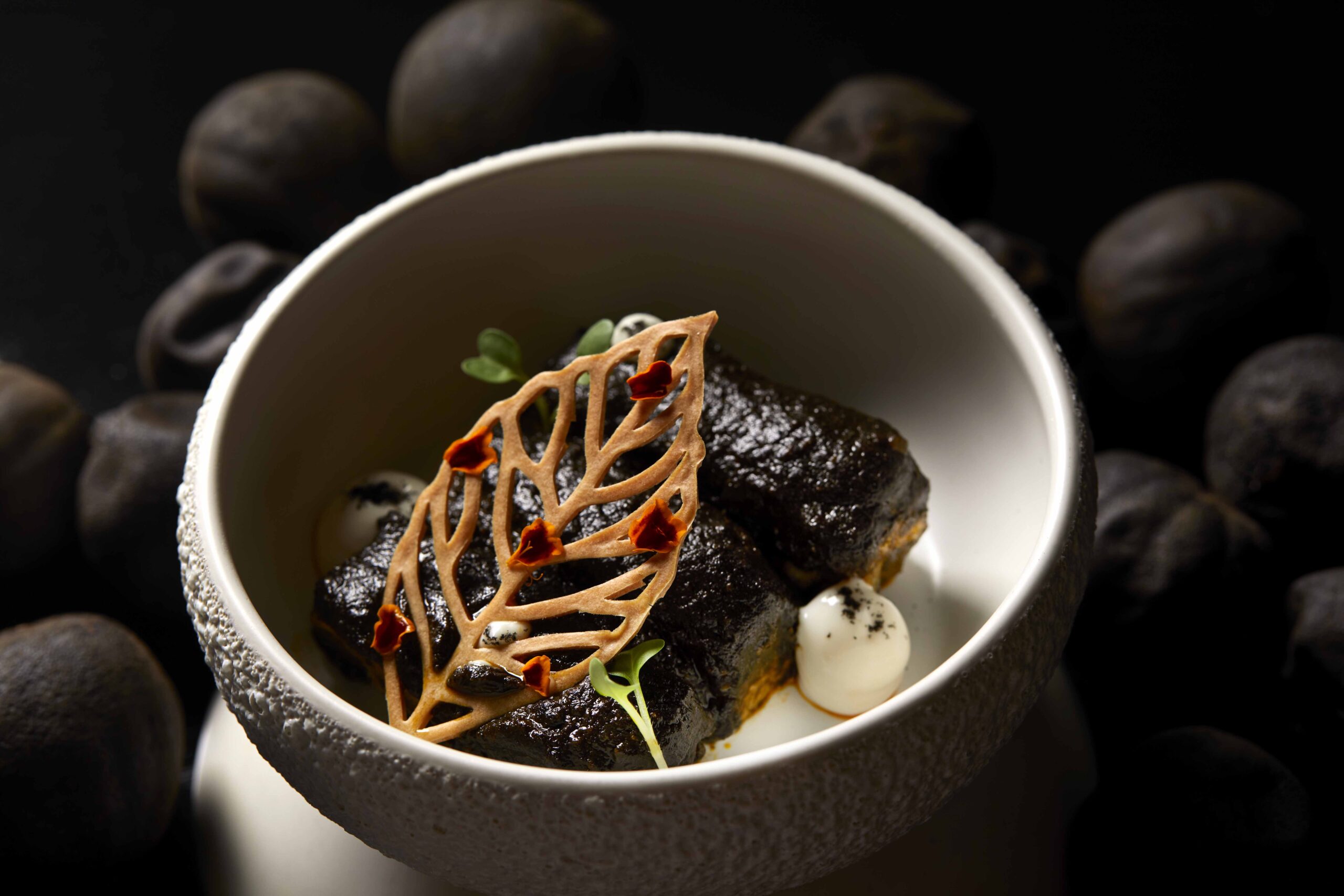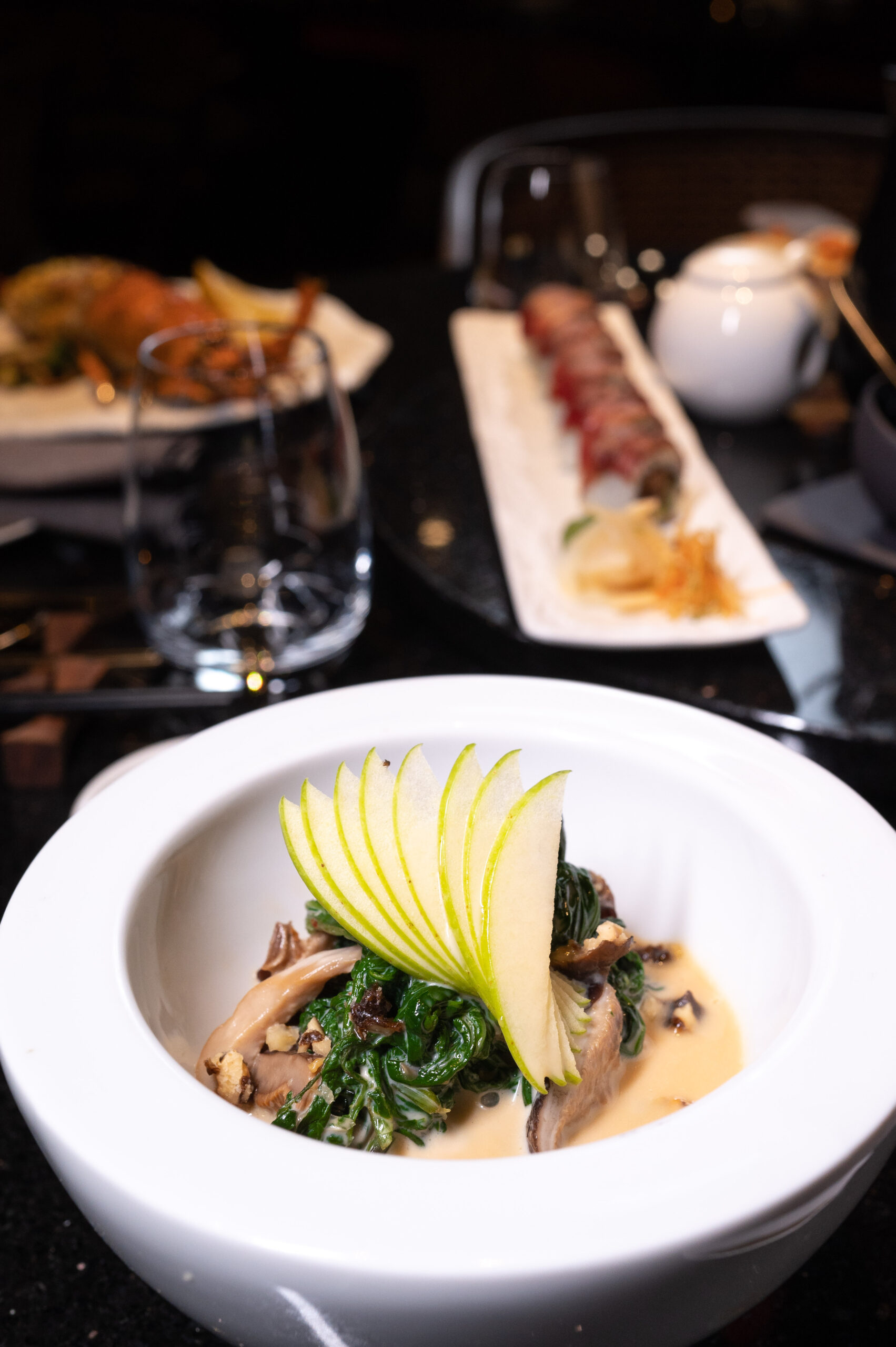Since a young age I have witnessed a profusion of methods in ways which South Asian women squirrel away money given to them or earned. From wads of cash wound by rubber bands, intricately tucked away in nooks of the homes they essentially manage, brown women developed an intrinsic knack for saving up money before the world discovered more modern means of creating a rainy day fund. Most, if not all, South Asian women found buying gold was the best way to utilise the saved/earned money. Gold was an asset that possessed many advantages; the return on investment was incredible and it also doubled in value for its aesthetic appeal if it was purchased in jewellery/ornamental form.
Until the mid-20th century, jewellery and precious ornaments, mostly made of gold, were the only financial asset women in parts of South Asia could rightfully own. A patriarchal society dictated that all other assets were legally transferred to the woman’s husband upon marriage. The possession of gold was, therefore, many womens’ key to economic and social security. Gold still continues to be the most popular gift for women in families traditional and modern. Jewellery is given when a daughter becomes a bride, when the wife becomes a mother, when the mother becomes a mother-in-law and so the cycle continues. Gold becomes the marker for each traditional milestone a South Asian woman crosses in her life. However, it is wondrous how the same thing that commodified a woman became an act of inequality and injustice and went onto strengthen the coming generations of women. Wearing and owning gold is not merely performative but also political. An India Times article alleges that as of 2020 Indian women own 217333 tonnes of gold. India, is the second largest consumer of the yellow metal after China, and reported spending a record $55.7 billion on gold imports in 2021.
Gold holds different connotations in the various South Asian cultures. Most Indian families have a very personalised history and relationship with gold jewellery, in particular.
I have often noticed that these relationships are rooted in extremes, either the extremity of possessing more and retaining existing jewels or the other end of the spectrum where the desire is all consuming to possess and symbolise the value of interpersonal relationships in these delicate ornaments. This topic has led to bonds being formed and broken in many Indian families.
India’s infatuation with jewellery and gold began 5,000 years ago in the Indus Valley. The rich legacy of Indian jewels is not merely an expression of the country’s aesthetic but a huge symbol for its cultural history.
For more than 2,000 years, India was the sole supplier of gemstones to the world. Golconda diamonds, sapphires from Kashmir and pearls from the Gulf of Mannar were much sought after and drew merchants from near and far to India. For the imperial rulers, jewels conveyed power, prosperity and prestige. However, for Indian women, gold jewellery was, and still is, in many ways a means of solidified social and economic security, the value of which is extremely personal. What began as a means of wishing luck, prosperity and happiness on the women of South Asian families slowly over decades saw the metamorphosis of gold from literal currency to social currency.
Words by Anithya Balachandaran.
Image by DallE.





